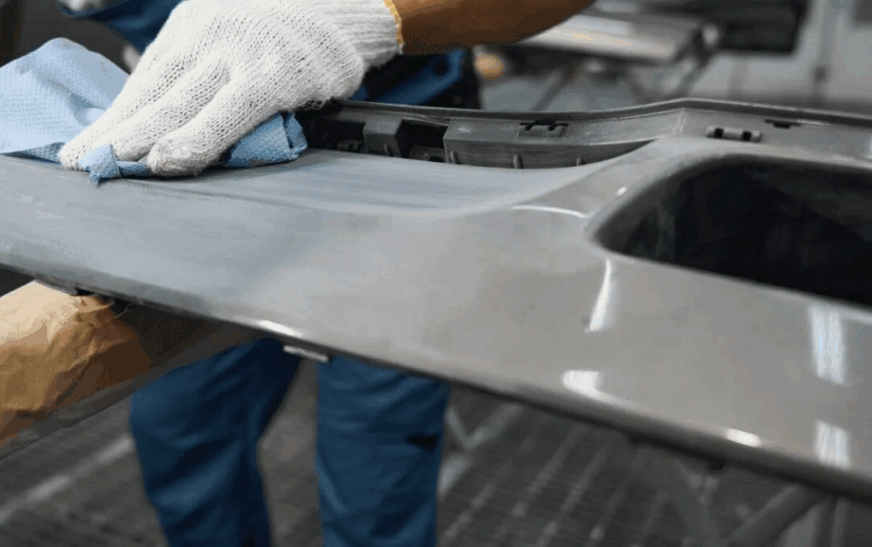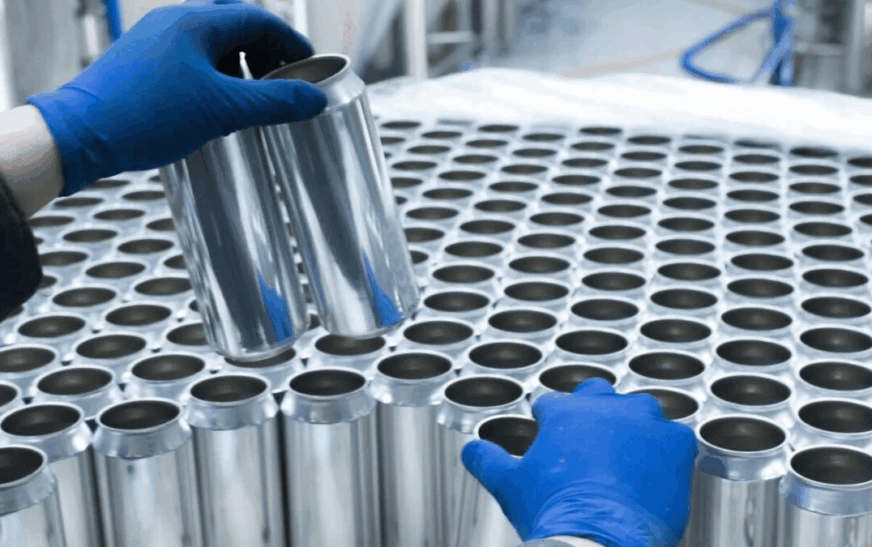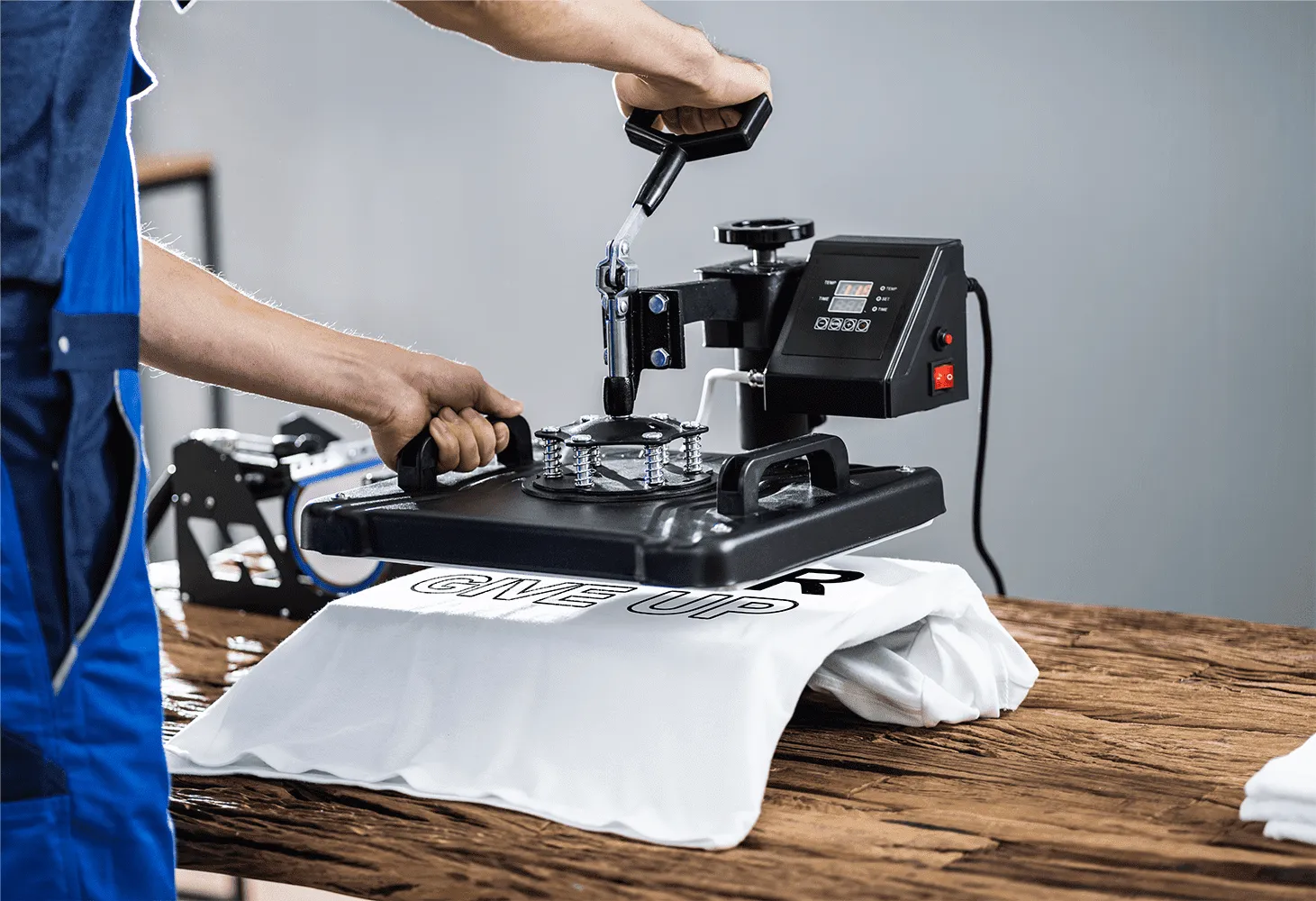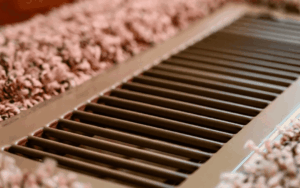When it comes to modern transport, weight matters—a lot. Whether you’re designing a high-speed rail carriage or a coastal delivery truck, reducing the vehicle’s weight without compromising on strength or safety can make all the difference in performance and operating costs. That’s where aluminium shines.
Aluminium is significantly lighter than steel, which makes it ideal for use in transport vehicles. For every kilogram saved, operators can either add more cargo or reduce fuel consumption. In a country like Australia—where distances are long and operating costs can add up quickly—that’s no small thing.
But weight isn’t everything. Aluminium also provides an excellent balance of strength and flexibility. It can absorb energy during impact, resist corrosion in harsh environments, and handle the demands of repetitive stress without cracking. From the outback to the coast, it’s the material that can go the distance.
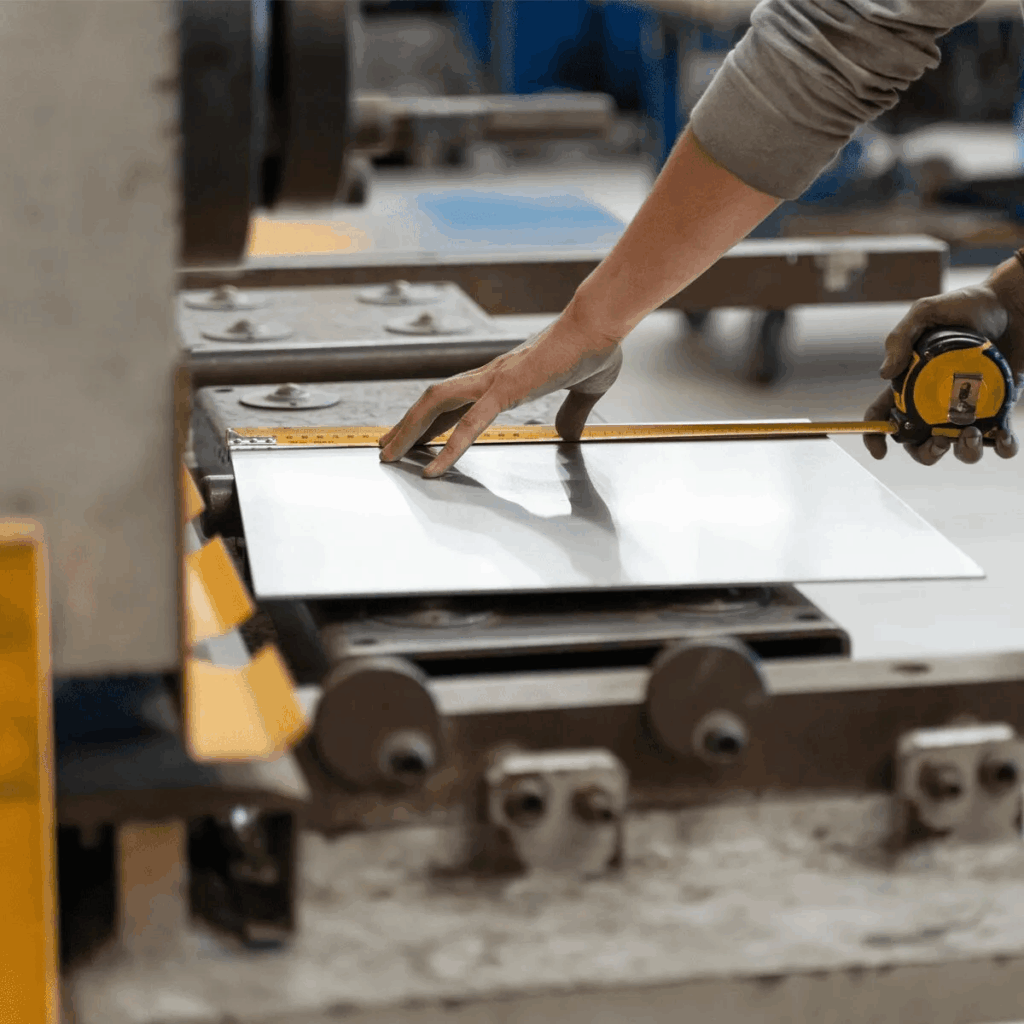
Versatility Across Transport Sectors
Aluminium is not just found in one part of a vehicle or in one type of transport. Its adaptability means it’s used across a range of transport industries in Australia:
Road Transport
Australia’s trucking industry is one of the busiest in the world. Trucks carry everything from fresh produce to mining equipment across unforgiving terrain and long distances. Aluminium is commonly used in:
- Truck bodies and trailers: The lightweight nature means more payload per trip.
- Fuel tanks: Resistant to corrosion and significantly lighter than traditional steel tanks.
- Bull bars and toolboxes: Durable, lightweight, and rust-proof.
It also helps to extend tyre life, improve braking, and reduce wear and tear on other components, all of which mean savings on maintenance and operations.
Rail Systems
In the rail industry, aluminium is a go-to material for both passenger and freight trains. Trains need to be light to reduce friction and energy usage, especially over long hauls across the Australian interior.
Aluminium is used for:
- Rail carriages and external panels
- Flooring systems
- Internal fixtures
Its corrosion resistance is especially valuable for trains travelling along coastal routes where salt can quickly degrade other materials. Aluminium also doesn’t require constant repainting or protective coatings, reducing upkeep costs for public and private operators alike.
Marine Applications
Although not usually thought of in the same breath as land transport, marine transportation is a key part of Australia’s economy—especially for regional and island communities.
Aluminium is widely used in:
- Boat hulls
- Decking
- Engine housing
- Cargo ramps
Its non-corrosive properties make it ideal for saltwater environments, and its light weight contributes to greater fuel efficiency for smaller vessels. Even large ferries benefit from its balance of durability and low weight.
The Environmental Advantage
Sustainability is becoming a core focus across all transport industries. Aluminium supports this shift in multiple ways.
First, lighter vehicles mean lower fuel consumption. Whether it’s a freight train or a long-haul truck, using aluminium can help reduce greenhouse gas emissions just by improving fuel economy. In the age of rising fuel prices and emissions targets, this is more important than ever.
Second, aluminium is highly recyclable. In fact, nearly 75% of all aluminium ever produced is still in use today. Recycling aluminium requires just 5% of the energy needed to produce it from raw materials, making it one of the most sustainable building materials in the world. In transport industries that rely heavily on steel or plastic, switching to aluminium means building in recyclability from the start.
Finally, aluminium’s long lifespan reduces the frequency of replacements and repairs. Fewer replacements mean less material waste over time—another point in favour of this unsung metal.
Performance That Pays Off
Aluminium doesn’t just perform well—it delivers real-world savings and benefits:
Fuel Efficiency
Lighter vehicles require less power to move. This translates to less fuel burned per kilometre, which can make a noticeable difference in operating costs over time. In road transport, that means more efficient freight operations. In rail and marine, it can result in longer service intervals and reduced energy needs.
Lower Maintenance Costs
Corrosion resistance is a major advantage in Australia’s climate, particularly in northern and coastal regions. Steel components often require regular rust treatment and repainting. Aluminium largely avoids those costs altogether. Its durability means fewer breakdowns, less downtime, and lower repair bills.
Extended Service Life
Aluminium’s durability also contributes to extended vehicle lifespans. Operators get more out of their investment, and fleets don’t need to be turned over as often. In both public and private sectors, that equates to long-term financial benefit.
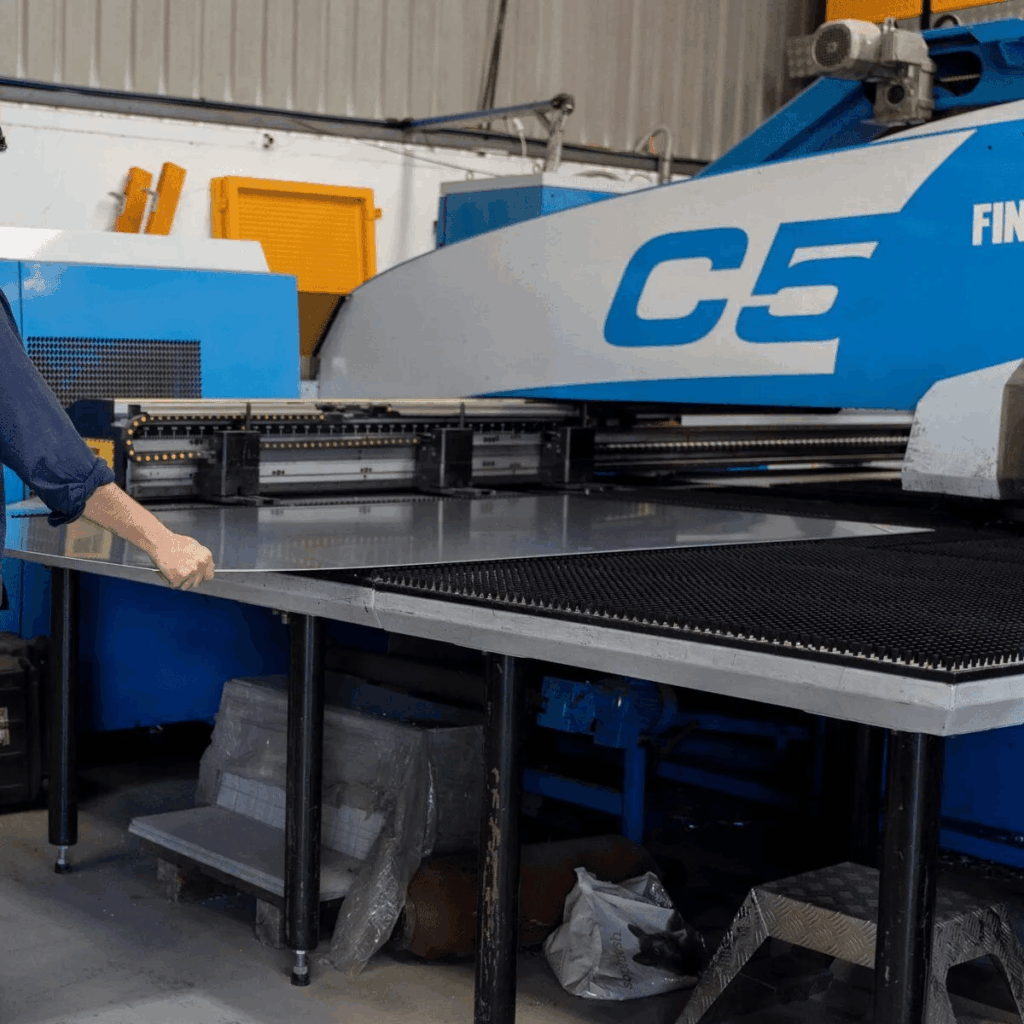
The Fabricator’s Favourite
Another reason aluminium is favoured across Australian transport industries is how easy it is to work with. Flat sheet aluminium, in particular, is widely used due to its:
- Ease of shaping and bending
- Compatibility with welding and joining techniques
- Surface finish flexibility (polished, matte, or treated)
- Availability in various grades and thicknesses
Fabricators can cut it to shape, reinforce it where needed, and even combine it with other materials for hybrid structures. This makes it perfect for custom applications, such as modified truck trailers, marine retrofits, and bespoke rail compartments.
In Perth and throughout WA, aluminium sheet metal suppliers play a key role in supporting the industry. Local access to high-quality flat aluminium sheet means faster project delivery and more reliable repairs.
Final Thoughts
Aluminium isn’t just a material—it’s a strategic advantage. As Australian transport systems evolve, operators, manufacturers, and designers need to make smart choices about the materials they rely on.
Aluminium stands out as a solution that’s strong, light, environmentally responsible, and cost-effective. Its presence in our trucks, trains, and boats isn’t an accident—it’s the result of practical performance backed by real-world results.
In short: aluminium’s role in transportation isn’t just important—it’s essential. And as we continue to innovate and grow, its presence across Australian roads, rails, and waterways will only get stronger.

